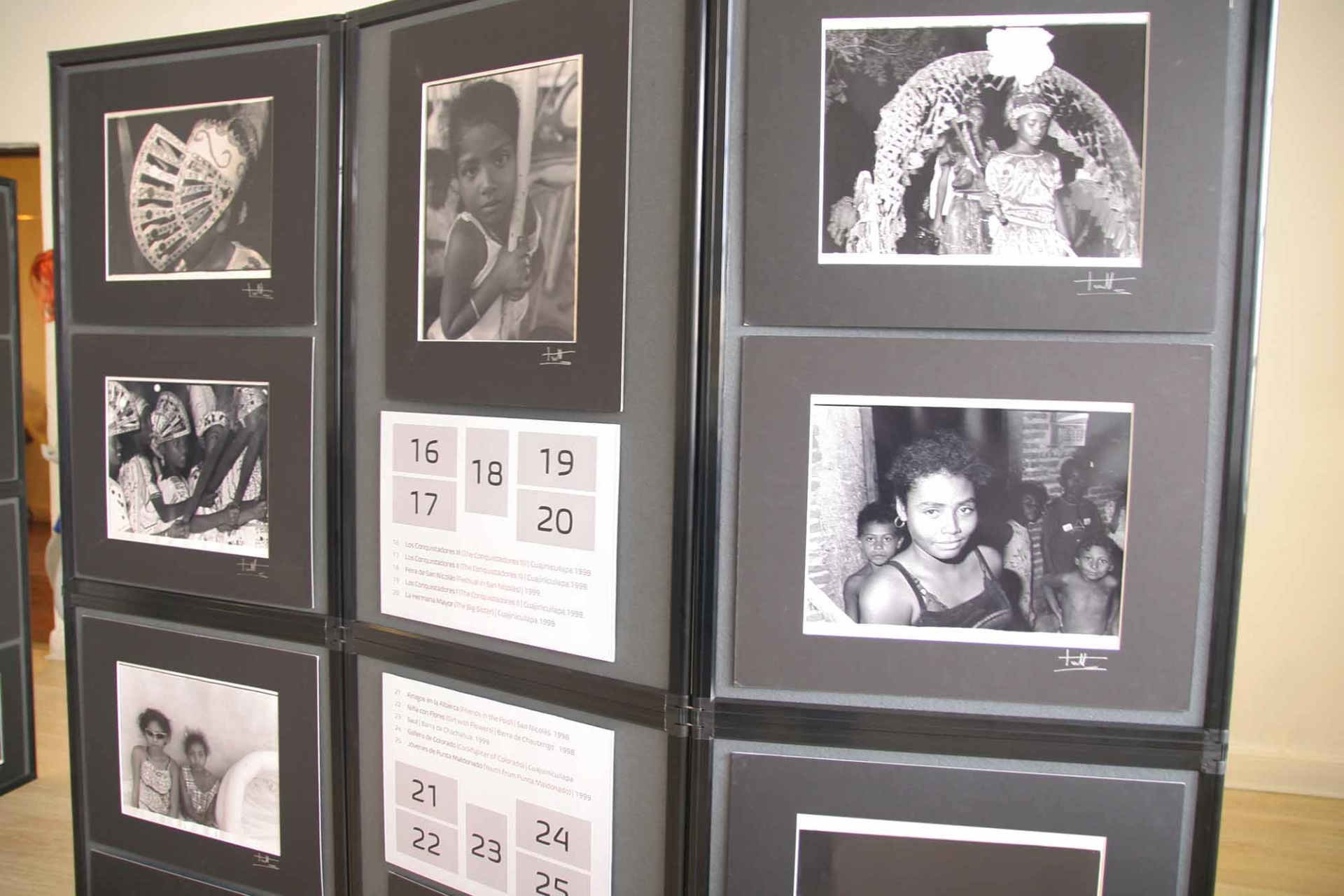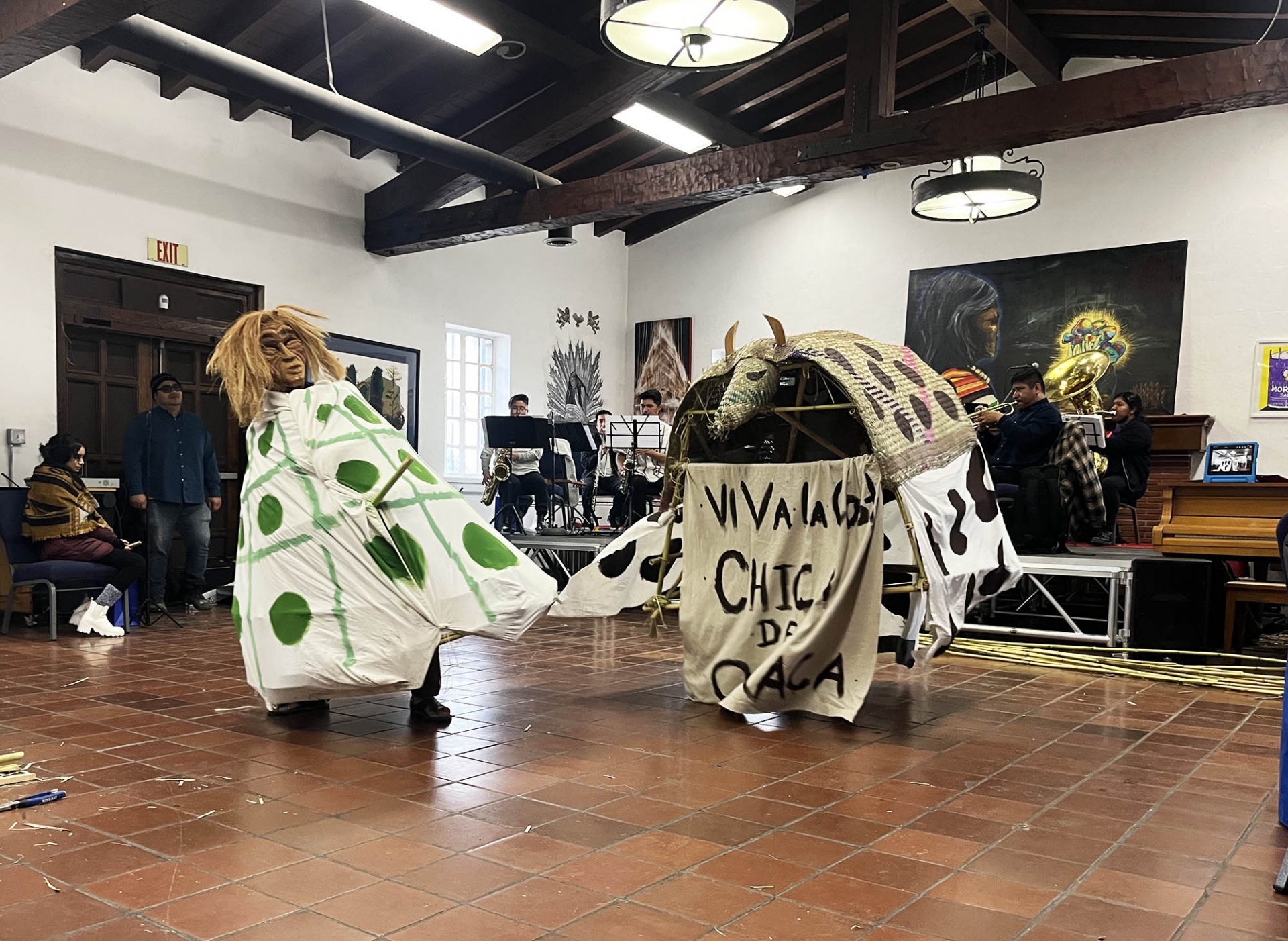Joe Gutierrez | Office of Strategic Communication | (909) 537-5007 | joeg@csusb.edu
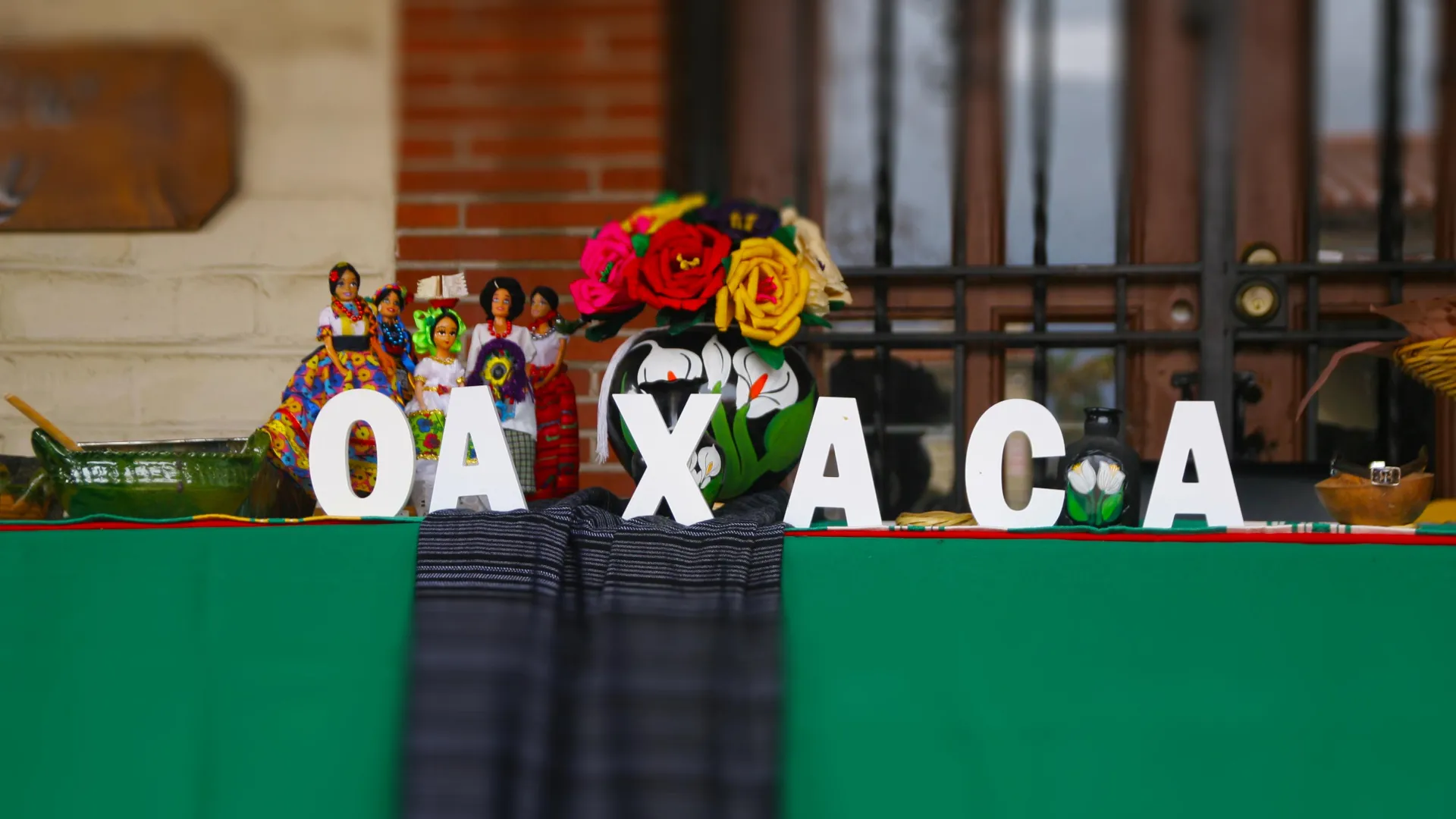

Southern California’s rare snowfall on Feb. 25 could not keep the more than 120 people from attending a celebration of Mexico’s Afro heritage on the first day of a two-day event presented by Cal State San Bernardino’s Anthropology Museum at the Garcia Center for the Arts in San Bernardino.
The event featured the history, heritage, art, food, dance and music of Mexico’s Costa Chica region of Oaxaca, where many people trace their ancestry to the country’s Spanish colonial period, when many from Africa, both freemen and the enslaved, settled there.
It was the first event leading up to the Anthropology Museum’s upcoming exhibition, Afróntalo, which will focus on the Afro-descendants in Mexico and the Afrolatine Californians, and an opportunity to bring the Anthropology Museum’s work into the community. The exhibit is scheduled to open in September at CSUSB.
The weekend celebration was made possible by grants from California Humanities and the Institute of Museum and Library Services, with sponsors the Garcia Center for the Arts, the Consulate of Mexico in San Bernardino, the CSUSB Black History Month Planning Committee, the CSUSB Office of the Provost, the CSUSB Center for Global Innovation, and the CSUSB Anthropology Museum.
In the center’s main auditorium, the music of Academia Maqueos provided the sounds and rhythms that got people up and dancing. At one point Esteban Zúñiga, a Los Angeles-based artist, donned a recently constructed turtle costume, a frame of bent vines covered with painted cloth to resemble a turtle’s shell, and danced with them.
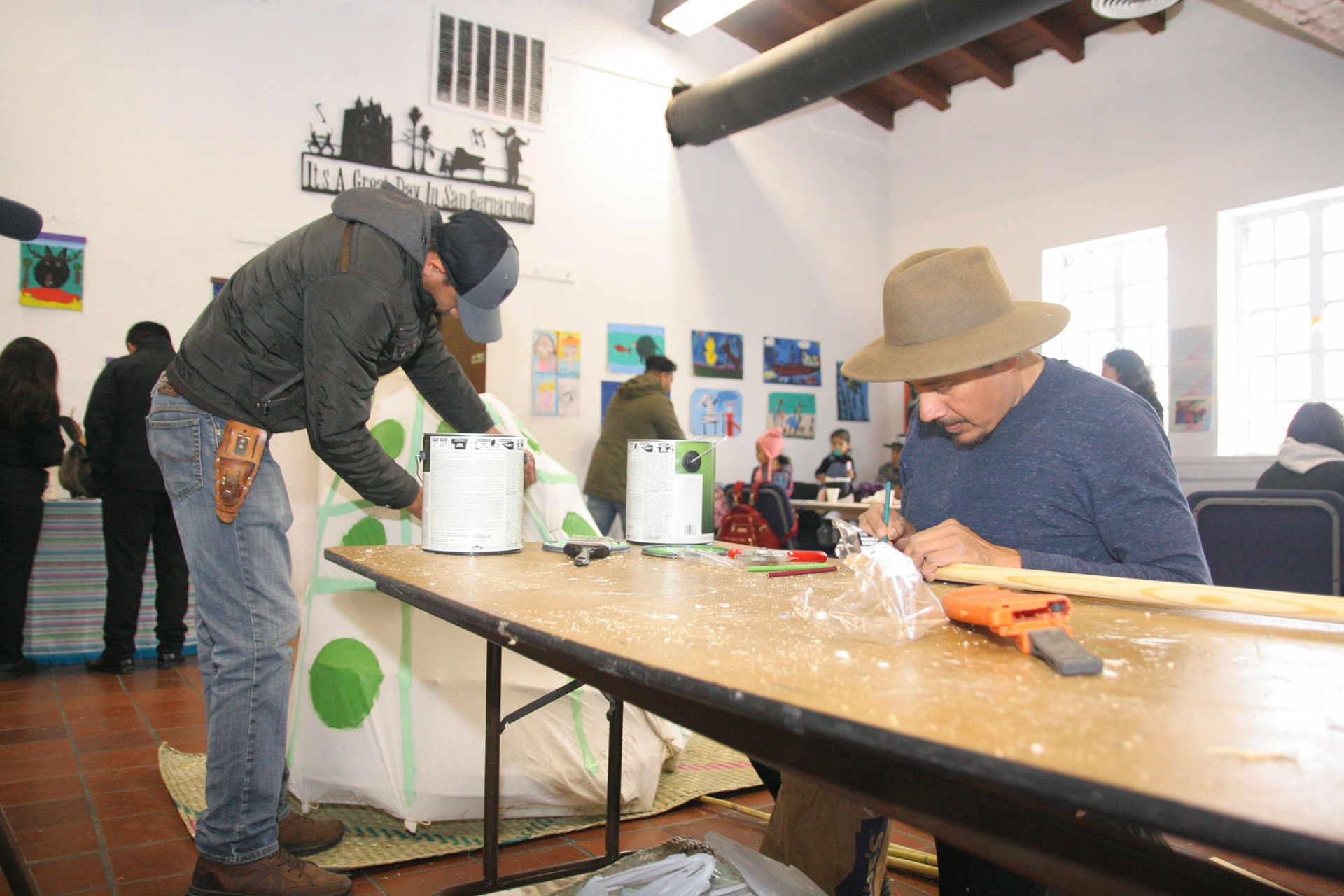
The turtle, and a bull also constructed during the two-day celebration – both of which will be part of the Afróntalo exhibit – have their roots in Afro-Mexican culture. Zúñiga explained that the turtle is used in celebrations. The turtle is a symbol of fertility, and in the Danza de la Tortuga (Dance of the Turtle), performers dance in a sensual but playful way with the turtle: Accompanying the turtle is a woman, the Great Minga (La Minga Mayor) and Minor Mingas, and Pancho, the male character. All of the roles in the dance are typically performed by men.
“It’s a whole dramatization for the festival,” Zúñiga said. “They usually do it around Dia de los Muertos.”
Both the Danza de la Tortuga and the Danza de Vaqueros (Dance of the Cattle Herders) are just one aspect of the region’s African heritage, brought by escaped slaves who settled in the region, and its mix with the indigenous culture, Zúñiga said. “The mixed culture flowered and became this.”
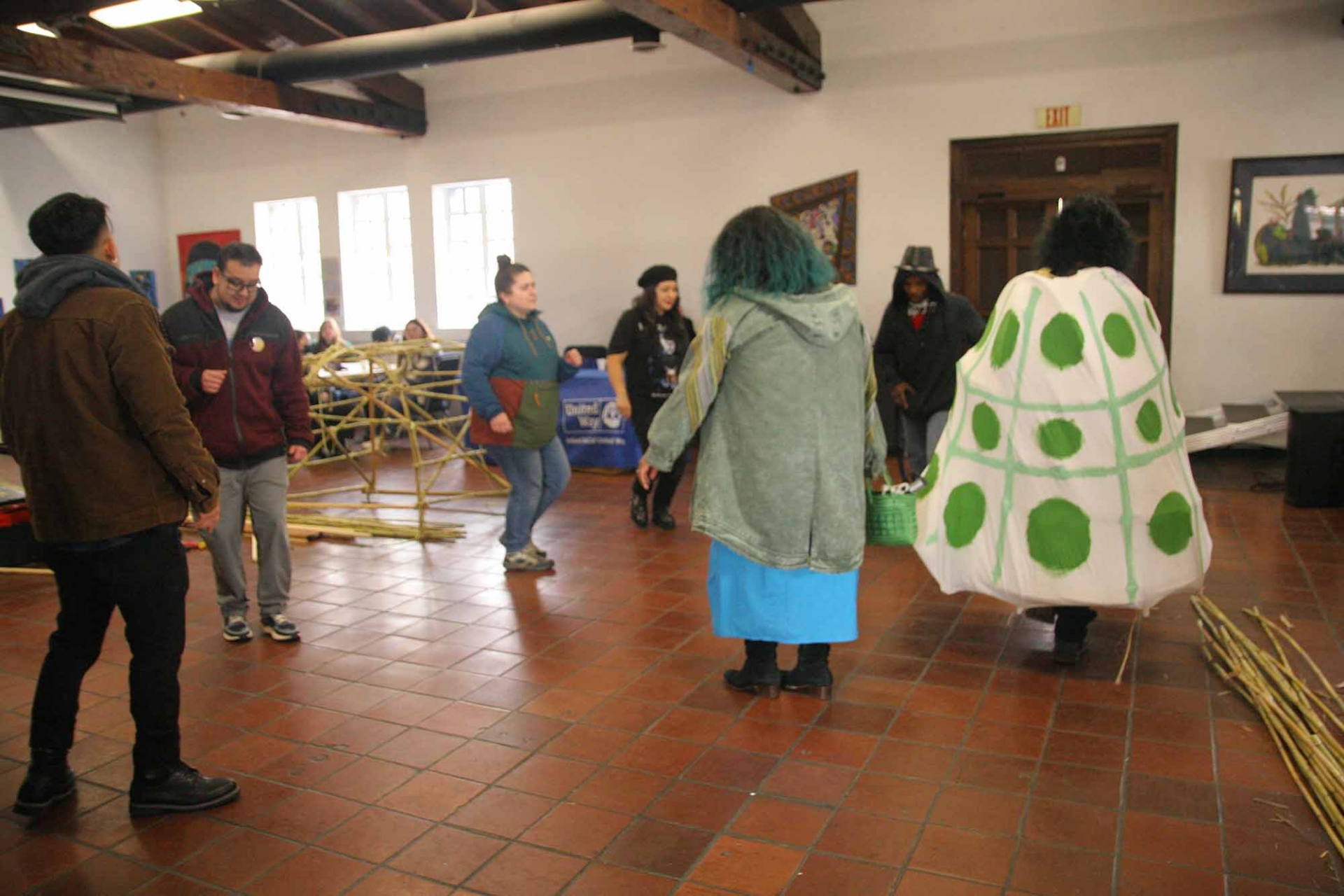
Mexico’s Afro heritage is strong and rich in the Costa Chica region, Zúñiga said. “The way they express themselves, basically their identity and how they express themselves in their physical appearance, it’s really Afro,” he said. “Some of them speak the native language there, and some of them just speak Spanish. Their physical presence, their identity is there. And they blended with the indigenous community, so it’s a nice mixture there, too. And the Spanish culture blended in, too. So, it’s what it is now – it’s really rich.”
Its richness is also in the music. Yulisa Maqueos is co-director of Academia Maqueos from Los Angeles, which plays Oaxacan music. The ensemble, founded in 2005 by Maqueos’ father, Estanislao, has performed by itself and with many musicians, including well-known Oaxacan artists, such as Susan Harp and Lila Downs.
“I define a Oaxacan as a rainbow,” Maqueos said. “We’re full of so many things. You never know what you’re going to find in Oaxaca. There’s so many regions, there’s so many languages spoken, there are so many different kinds of foods – you just never know what you’re going to get, it’s always a surprise, it’s always a unique thing.”
The music has influences from throughout Latin America, she said. Specifically, “the Afro-Oaxacan, there’s a lot, like Costa Chica has a lot of these influences, the style of music,” Maqueos said.
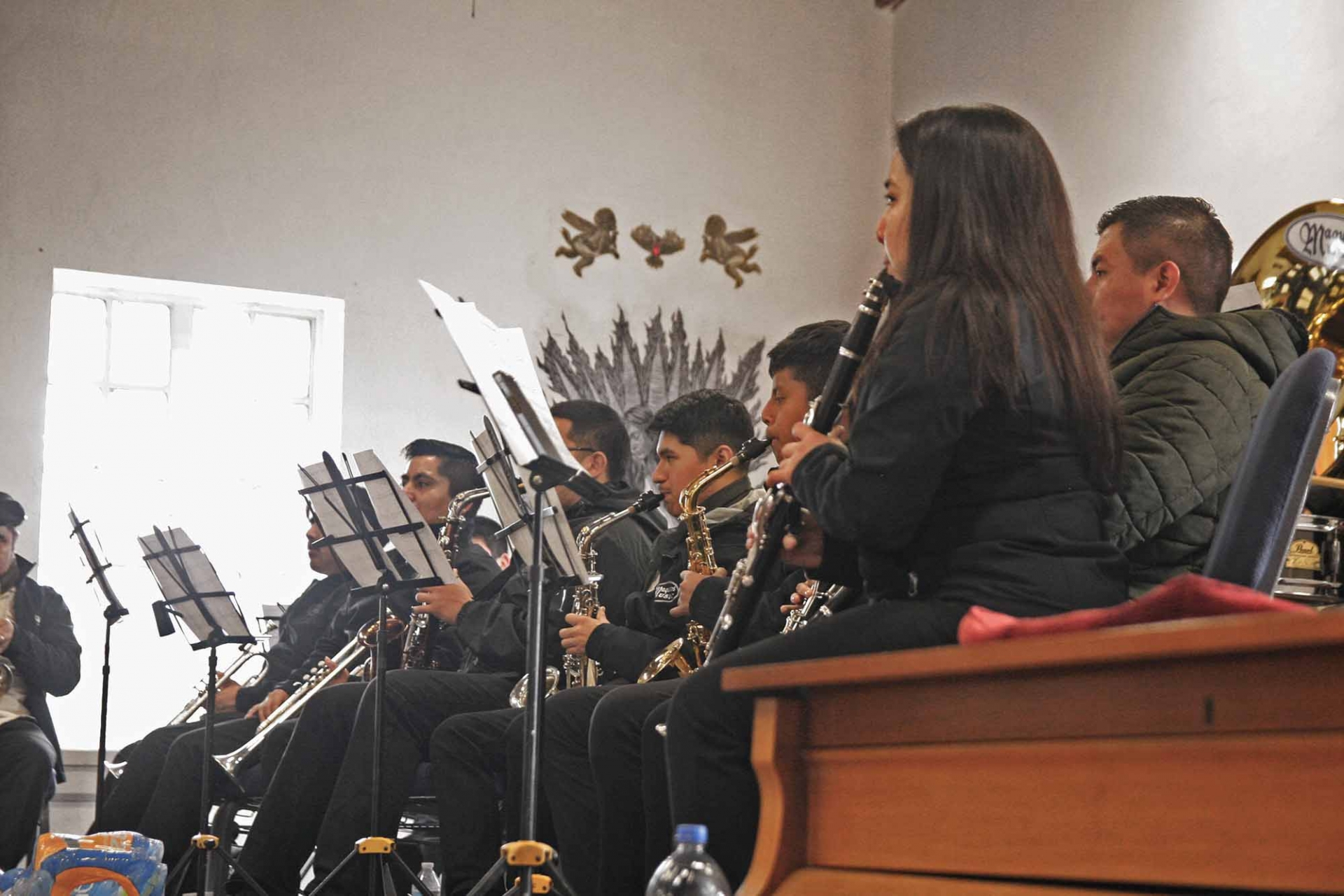
“Even the dances. If you’ve seen the masks that we have in Santiago Llamo Grande, it has a lot of similarity to dances from Africa,” she said, referring to the Danza de los Diablos (Dance of the Devils). “I think we’re able to create a community amongst other communities. … As Oaxacans, we like to say we’ve learned it’s not just Oaxaca, we’ve created community with everyone else around the world.”
Also presented during the two days were:
· The photo exhibition “Ébano” by Nicolás Triedo, featuring 35 black and white images from Costa Chica, courtesy of the Consulate of Mexico in San Bernardino
· Videos from Somos Negros de la Costa
· Afro-Oaxacan music performed by Los Guajes
· Artwork from Raíz de la Ceiba
Oaxacan food and drinks, provided by Cenaduría Oaxaqueña Donaji in Riverside.
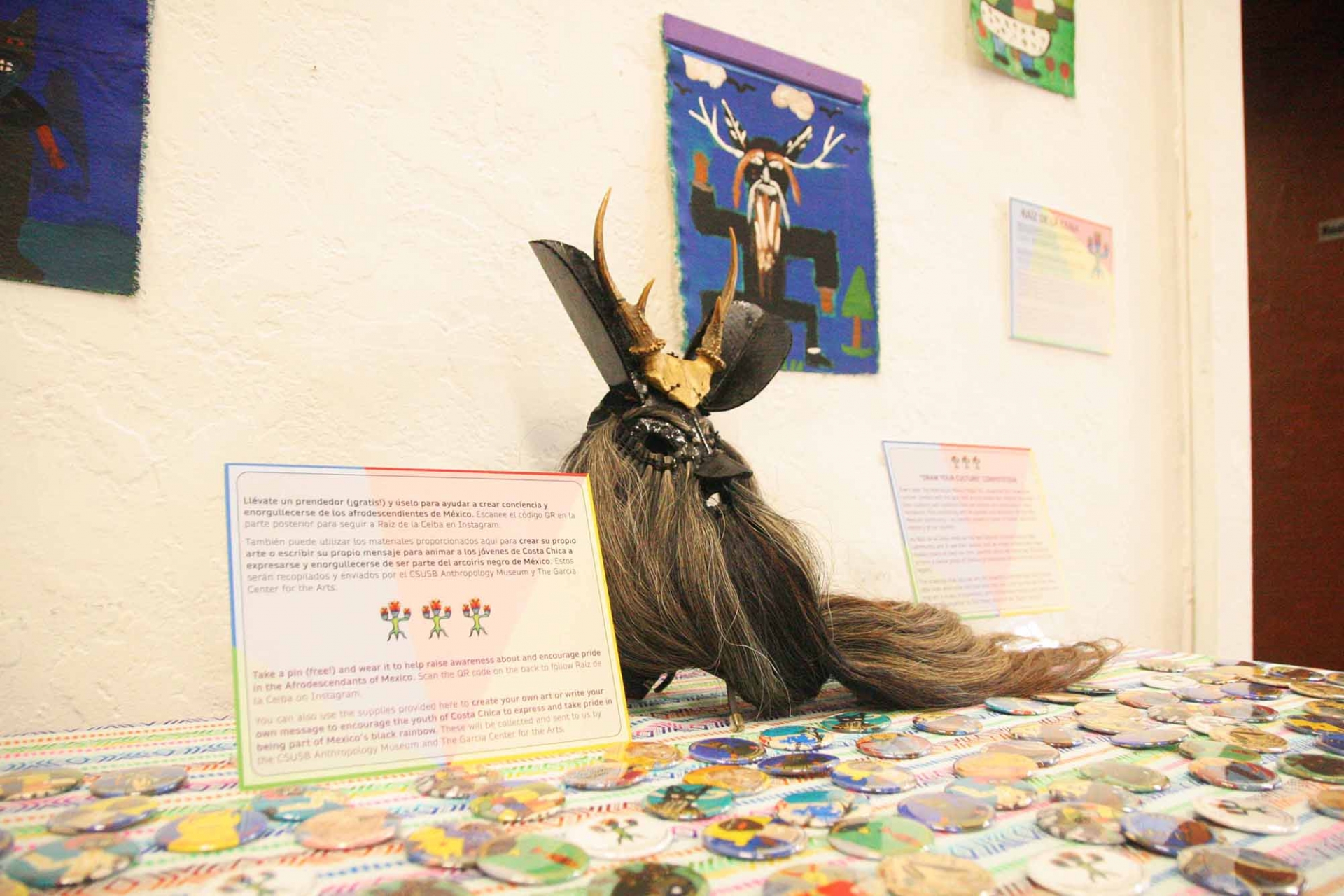
Arianna Huhn, director of the Anthropology Museum and associate professor of anthropology, summed up the weekend this way: “Often people think of museums as static galleries. But museums today are dynamic spaces that use artifacts and storytelling to inspire community engagement and critical thinking. In this case, we were able to use a need for an upcoming exhibition – to construct a turtle and a bull that are used for dances in Afrodescendant communities in the Costa Chica region of Mexico – to inspire an event where we could further the exhibition’s message: Afrodescendants are present across the Americas, and each community has unique cultural traditions.”
“I hope that for those who attended the weekend event they left thinking about why it is that the histories and cultures and identities of Afrolatines – across the Americas, including right here in California – are not more widely discussed and recognized,” Huhn said. “And that they will do what they can to combat this erasure, and to call out any negativity toward Blackness in their own communities.”
